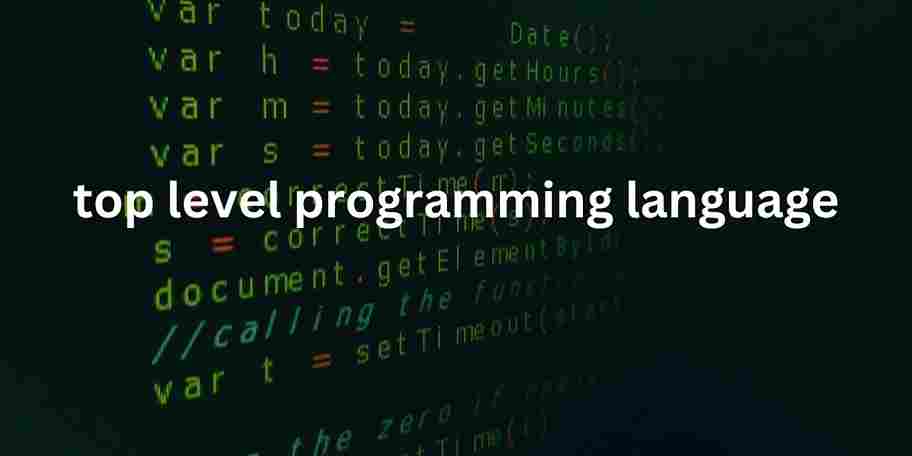1. Python – Guido van Rossum
Python, created by Guido van Rossum in 1989, is celebrated for its simplicity, readability, and flexibility. It uses indentation to define code blocks, which makes the code visually appealing and easy to understand. Python is dynamically-typed, allowing rapid development and prototyping, but this can also lead to runtime errors if not carefully managed. Python is widely used in web development, data analysis, artificial intelligence, and more.
2. Java – James Gosling
Java, developed by James Gosling in 1995, is a robust, object-oriented programming language. It is statically-typed, meaning you need to declare the data type of a variable at the outset. Java is known for its portability, as Java programs can run on any device with a Java Virtual Machine (JVM). It is highly secure, making it suitable for enterprise-level applications. Java’s syntax uses curly braces to define code blocks.
3. C# – Microsoft
C# (pronounced “C-sharp”), developed by Microsoft in 2000, is used to build a variety of applications, including desktop, mobile, and web applications. It is statically-typed and part of the .NET framework, offering a comprehensive set of libraries and tools. C# is known for its ease of use and efficiency, utilizing curly braces to define code blocks.
Apply Now Here:
4. C++ – Bjarne Stroustrup
C++, created by Bjarne Stroustrup in the early 1980s, is a high-performance language used for developing operating systems, web browsers, and video games. It is statically-typed and offers fine-grained control over system resources, making it both powerful and complex. C++ uses curly braces for code blocks and is known for its efficiency and flexibility, though it can be challenging to learn and debug.
5. Ruby – Yukihiro “Matz” Matsumoto
Ruby, developed by Yukihiro “Matz” Matsumoto in 1995, is known for its simplicity and readability. It is dynamically-typed and often used in web development, data analysis, and AI. Ruby supports object-oriented programming features like inheritance and polymorphism, and uses indentation to define code blocks, enhancing its readability and ease of use.
6. Swift – Chris Lattner
Swift, created by Chris Lattner in 2014, is a modern language used primarily for iOS, macOS, watchOS, and tvOS applications. It is statically-typed, with strong support for type inference, which allows the compiler to deduce variable types automatically. Swift uses curly braces for code blocks and is known for being safe, fast, and easy to read and write.
7. Kotlin – JetBrains
Kotlin, developed by JetBrains and introduced in 2011, is a statically-typed language fully interoperable with Java. It is often used for Android development and is known for being concise, expressive, and safe. Kotlin uses curly braces for code blocks and features like type inference and null safety, making it a modern and efficient choice for developers.
8. R – Ross Ihaka and Robert Gentleman
R, developed by Ross Ihaka and Robert Gentleman in the mid-1990s, is a language and environment for statistical computing and graphics. It is widely used in the data science community for data analysis, statistical modeling, and visualization. R’s extensive libraries and active community make it a powerful tool for researchers and analysts.
9. Go – Robert Griesemer, Rob Pike, and Ken Thompson
Go, also known as Golang, was developed by Robert Griesemer, Rob Pike, and Ken Thompson at Google in 2007. It is known for its simplicity, efficient concurrency support, and fast compilation. Go is often used for web development and systems programming, providing a clean syntax and robust standard library.
10. Rust – Graydon Hoare
Rust, created by Graydon Hoare in the mid-2000s, is designed for performance and safety, particularly safe concurrency. It is used for system programming, web services, and more. Rust’s strong static type system and memory safety guarantees help prevent many common programming errors, making it a reliable and efficient choice for developers.



8200301616